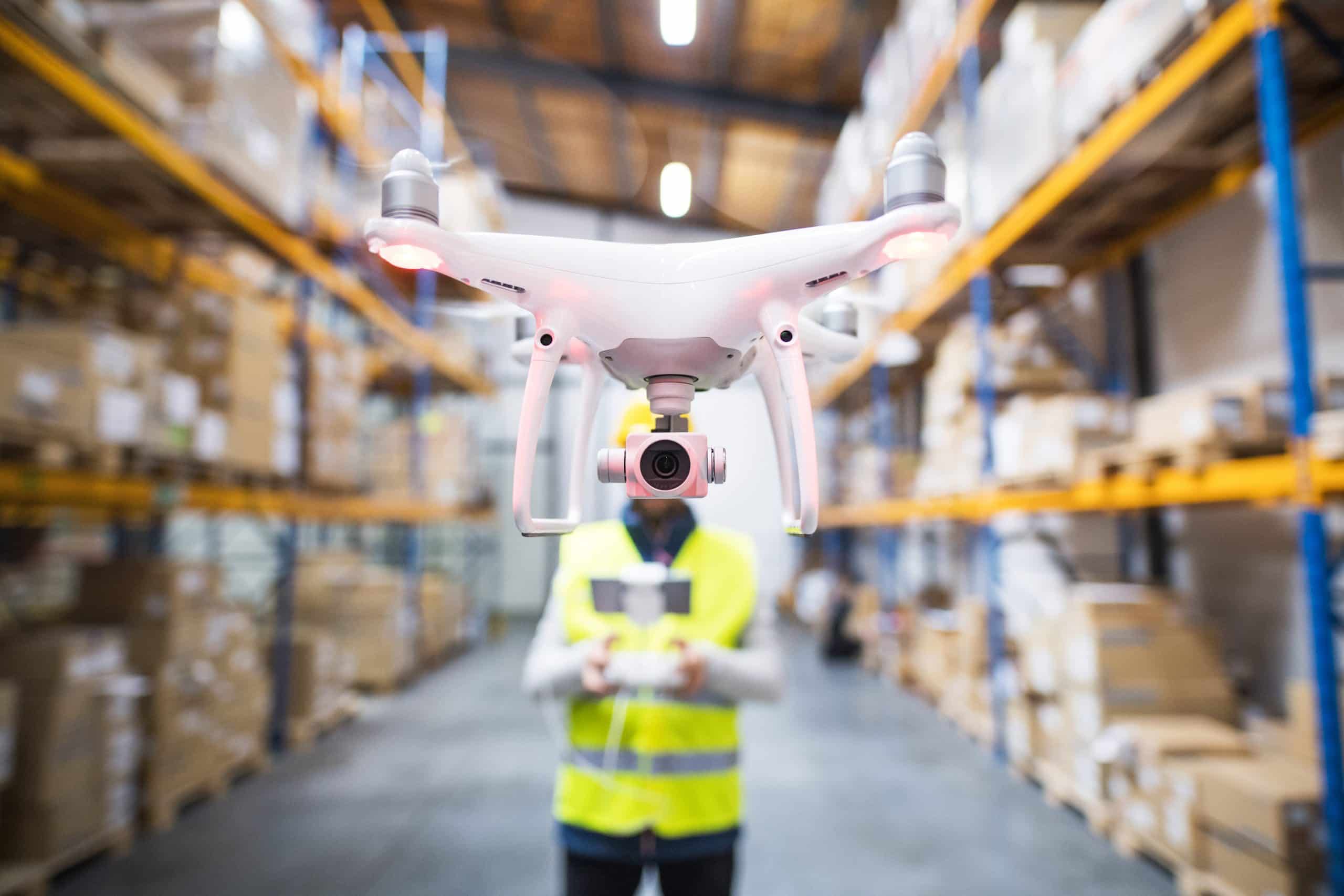How Are Drones Being Used for Wildlife Monitoring and Conservation in the UK?

In the world of conservation and wildlife monitoring, technology is progressively playing a pivotal role. In the United Kingdom, one prominent technological advancement that has revolutionized these fields is the use of drones. These flying marvels are being deployed in numerous ways to aid in the safeguarding and observation of animals, forests, and various species to maintain biodiversity.
The Emergence of Drone Technology in Wildlife Conservation
Let’s first appreciate the fact that drone technology has created an innovative shift in the way we monitor and track wildlife. As an aerial system, drones provide an efficient way to gather accurate data about various biological aspects and environmental conditions affecting wildlife.
Have you seen this : How a Climate Change Speaker Can Change Your Mindset
The increase in drone usage follows a trend of researchers and conservationists looking for new ways to gather reliable information without disturbing natural habitats or causing distress to the animals. Drones provide a bird’s eye view, enabling you to monitor large areas in real time and capture high-resolution images that can be analyzed later.
This non-intrusive method is particularly useful for monitoring species in hard-to-reach areas. It’s also proven to be a cost-effective and time-saving alternative to traditional monitoring methods such as on-foot patrols or manned aircraft.
Topic to read : Exploring the fascinating allure of the democrat mystery box
Using Drones for Wildlife Tracking and Monitoring
Wildlife tracking and monitoring can be a significant challenge, particularly with elusive or endangered species. Conventionally, tracking has involved physically tagging animals and tracking their movements, a process that can be stressful and potentially harmful to the animals.
The use of drones changes this equation. They allow for monitoring from a safe distance, causing minimal disturbance to the animals. Equipped with advanced cameras and sensing equipment, drones can capture detailed images and videos, and even thermal and infrared data, to help identify and track animals.
Moreover, drones can cover large areas quickly and efficiently, making them particularly useful for monitoring migratory patterns, identifying changes in population sizes, or even locating injured or distressed animals in vast areas such as forests.
Drones and Biodiversity Conservation
The benefits of drones are not only limited to animal tracking and monitoring. They play an essential role in biodiversity conservation by providing crucial data about various ecological aspects, including forest health, water quality, and the impact of human activities on natural habitats.
Drones equipped with multispectral cameras can monitor vegetation health, identify invasive species, and assess the impacts of natural disasters on biodiversity. They provide a unique perspective and unprecedented access to data that was previously difficult to obtain.
For instance, drones are used to monitor the health of forest ecosystems, track changes in land use, and even measure carbon levels. This information is vital in creating strategies for managing and conserving biodiversity.
Scholarly Research and Drones in Conservation
Google scholar and Crossref are brimming with research showcasing the growing use of drones in wildlife conservation. Many studies corroborate the effectiveness of this technology in various aspects of conservation, from monitoring wildlife populations and tracking movements to assessing habitat conditions.
For instance, a research paper published in the Journal of Applied Ecology demonstrated how drones were used to monitor the breeding success of colonial nesting waterbirds in the UK. The study concluded that drones provide a non-invasive and highly effective method for monitoring such species.
Another research published in the International Journal of Remote Sensing showed how drones can be used for high-resolution forest monitoring. The study demonstrated that drones could accurately measure forest parameters such as tree height and crown diameter, which are essential for assessing forest health and biodiversity.
The Future of Drones in Wildlife Conservation
Looking ahead, the future of drones in wildlife conservation and monitoring is promising. With advancements in technology, we can expect drones to become more sophisticated, offering more capabilities for researchers and conservationists.
For example, artificial intelligence (AI) is being integrated with drone technology to enable automatic identification and counting of animals, thereby reducing the need for manual data processing. Moreover, advances in battery technology and drone design are likely to increase flight times and allow drones to cover even larger areas.
In conclusion, drones have become invaluable tools in wildlife conservation and monitoring in the UK. They offer an efficient, non-invasive, and cost-effective method for collecting data about wildlife and their habitats, crucial for biodiversity conservation. The future promises even greater strides in this field, with ongoing technological advancements set to further enhance the capabilities of drones.
Drone Conservation Efforts and Legislation in the UK
The use of drones in wildlife conservation is underpinned by the commitment of both private and public sectors to protect and preserve biodiversity. It is particularly critical in protected areas where the balance of ecosystems often hangs in the balance.
Backed by research found on Google Scholar and Scholar Crossref, the UK government has implemented regulations for the use of unmanned aerial vehicles (UAVs) in these sensitive areas. The Civil Aviation Authority (CAA) has established specific rules for drone operation to ensure that these devices are used responsibly and do not cause harm to wildlife or their habitats.
While drones are an excellent tool for conservation, it’s important to note they can potentially disturb wildlife if not used correctly. Thus, there are restrictions on their use in protected areas during specific periods, such as breeding seasons, to minimise any potential disturbance.
Beyond government-led initiatives, non-governmental organisations (NGOs) and academic institutions are also harnessing the power of drone technology to advance conservation efforts. They are often involved in the development and testing of conservation drones, including fixed-wing drones that can cover significant distances and timeframes.
Moreover, drone technology is being increasingly used to augment remote sensing capabilities. Remote sensing, enabled by drones, allows conservationists to monitor environmental changes over time, providing valuable data for conservation planning.
The Role of Drones in Real-Time Data Collection and Monitoring
In the realm of wildlife conservation, real-time data collection has always posed a significant challenge. Traditional methods of data collection, which often involved human observers, were time-consuming, costly, and often inaccurate. However, drones wildlife monitoring has revolutionised this process.
With the aid of sophisticated cameras and sensors, drones can capture and transmit data in real time, providing conservationists with up-to-date and accurate information about wildlife populations and their habitats. This real-time data is critical in monitoring changes in populations and identifying potential threats to wildlife promptly.
For example, drones are being used to monitor and track the movement of species such as the red deer in Scotland, providing valuable data on population size, movement patterns, and habitat use. This real-time data has been instrumental in implementing effective conservation strategies.
Moreover, drones are also being used to monitor and manage invasive species. By identifying and tracking the spread of invasive species, conservationists can implement measures to control their spread and minimise their impact on native species and habitats.
Conclusion
In conclusion, the use of drones in wildlife monitoring and conservation in the UK is having a transformative impact on the field. The ability of drones to gather accurate data in real time, their cost-effectiveness, and their non-intrusive nature make them an invaluable tool in wildlife conservation.
Drones offer a new perspective on wildlife monitoring, allowing for the tracking of individual animals and entire ecosystems from a bird’s eye view. This technology has not only revolutionised the way conservationists work but also significantly improved the efficiency and effectiveness of conservation efforts.
Drone technology is set to continue playing a pivotal role in wildlife conservation and biodiversity conservation in the UK and around the world. Advancements in artificial intelligence, battery technology, and drone design will likely increase their capabilities even further. The future of wildlife conservation and monitoring looks promising, thanks to the introduction and continuous improvement of drones.
